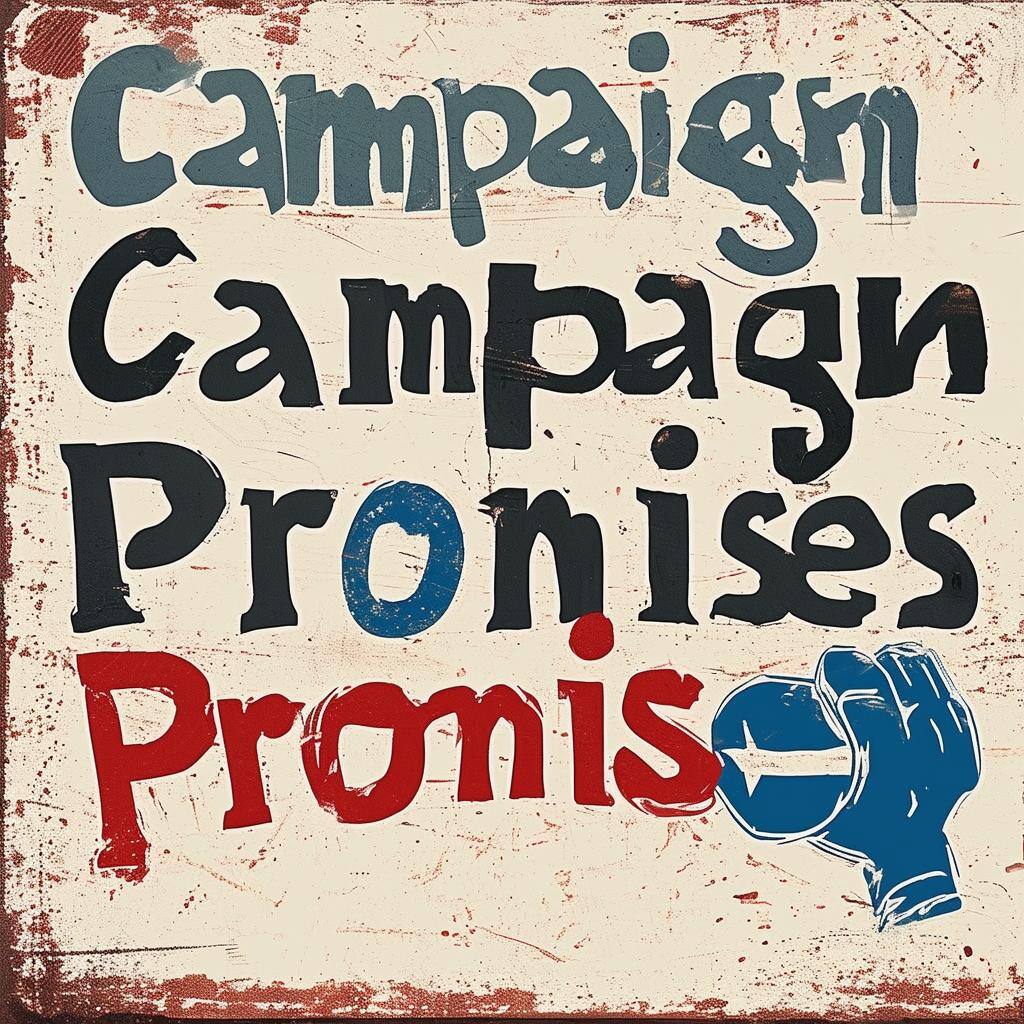Historically, the performance of the presidential candidates has a measurable impact on the fates of candidates down-ballot (Senate, House, and state races, too). Some presidential candidates have longer, stronger coattails than others (or act as a bigger drag on down-ballot races). A favorite discussion point among Washington insiders these days is the potential influence of candidates Trump and Harris on House, Senate, and state races. Here is what we know as of now.
House Races: Polling suggests that there are relatively few (most observers put the count at 24 out of 435 House seats) truly competitive House districts—clearly enough to determine control of the House of Representatives, but likely to result in a fairly narrow majority for the winning party. The key seems to be competitive races in California and New York.
Both parties have “national baggage”—the chaos of the GOP-controlled House over the past two years, starting with the Speaker of the House drama in early 2023 (that lasted into 2024) and culminating with House Republicans’ inability to find a majority within their own party to pass regular order appropriations bills have put their majority at risk. Similarly, House Democrats, while largely more unified in opposition over the past two years, have had to struggle with dissention between their moderates and their far-left progressives, and until recently with the electoral drag of the unpopular and visibly aging President Biden.
Early September polling shows too-close-to-call data for the House—but most of the polls suggest that Democrats will win at least 203 seats in the House, while Republicans will take 208. Of the 24 “toss-up” seats, 13 are currently held by the GOP and 11 by Democrats. House control will go to the party with 218 (or more) seats.
Senate Races: Of the 100 Senate seats, 34 are up for election. Currently, Democrats control the Senate with a one-seat majority. Of the 34 Senate races, polls rate 11 as solidly or likely Republican and 19 as solidly Democratic. Two seats (Ohio and Montana), currently held by Democrats, are rated as competitive, although in Montana Republican challenger Tim Sheehy has recently opened up a significant lead over Democratic incumbent Sen. Jon Tester. One open seat (West Virginia) is rated as solidly Republican. Four seats, now held by Democrats, are rated as leaning Democratic while all 11 GOP-held seats that are up for reelection are rated as either solidly (9) or likely (2) Republican. So, Democrats will have to win all of their leaning/likely/toss-up races, plus the tie-breaking Democratic Vice President, to retain control of the Senate. Or, Republicans would have to lose one or more seats that currently look fairly safe for the GOP.
Predictions: Predictions are at this point no more than guesses that have equal chances of being right or wrong. Nevertheless, below are the most common predictions as to what the balance of partisan power will look like in 2025.
Presidency: Most polls project that VP Harris will win 276 Electoral College votes; former President Trump 262. To win the election, 270 Electoral College votes are needed.
The Senate: Early September polling suggests that Republicans will win at least 49 seats, and more likely 50-51. But at least two (and possibly more) seats are still competitive and so while the GOP’s chances of taking control of the Senate now appear better than even, that is by no means an assured outcome. And the margins by which the party in control governs could change, too.
The House: Most polls, seeing the potential for flipping partisan control of seats in New York and California, predict a takeover of the House by Democrats, but by a margin of fewer than ten seats.
Prospects: Whether 2025 brings divided government (i.e., one of the three branches required to pass legislation (House, Senate, Presidency) is controlled by “the other” party), or whether instead one party is in control of all three is the compelling question in Washington in this run-up to the November elections. So, which party wins control of the House and/or Senate is key to predicting the 2025 agenda. Right now, it could go any of three ways: a trifecta (all one-party control) by either the Republicans or the Democrats, or divided government. The outcome will influence both the spending and policy debates looming in 2025, especially the debt limit and major tax bill issues that are sure to dominate early next year. Currently, odds favor GOP control of the Senate, and by some measures, House control by the Democrats. But the situation is fluid—it has changed dramatically over the past two weeks, and likely will change multiple times again between now and the November 5 elections.
NAIFA Staff Contacts: Diane Boyle – Senior Vice President – Government Relations, at dboyle@naifa.org; or Jayne Fitzgerald – Director – Government Relations, at jfitzgerald@naifa.org; or Michael Hedge – Senior Director – Government Relations, at mhedge@naifa.org.






.png?width=600&height=90&name=Support%20IFAPAC%20%20(600%20%C3%97%2090%20px).png)
